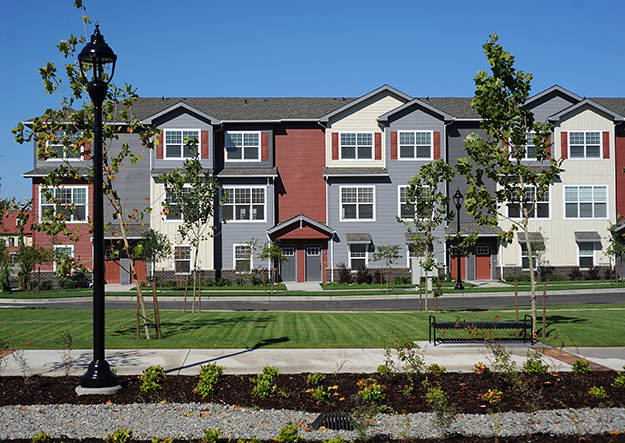In response to mounting concerns over the deplorable conditions of its barracks, the United States Army is exploring privatization as a potential solution. With few viable alternatives on the table, service leaders convened a barracks summit in December to confront the pervasive issues plaguing soldier housing, including widespread mold infestations and other maintenance-related challenges, according to a Military.com story this week. However, the summit concluded with no concrete strategy, leaving the Army grappling with an estimated $7.5 billion maintenance backlog for its 6,700 barracks buildings.
In a bid to tackle this crisis, Military.com reported that Army officials are considering privatization, a strategy previously employed to address systemic issues within base family housing. While the Navy has already implemented limited privatization initiatives, the Army is now following suit, with a pilot project underway at Fort Irwin in California and plans to expand to additional installations. This move towards privatization marks a significant departure from the Army's traditional approach to barracks management, which has historically relied on direct investment in construction and renovations.
According to Military.com, Matt Ahearn, a spokesperson for the Army, said privatization could offer a means to swiftly acquire new, high-quality barracks, albeit with no set timeline for implementation. Ahearn emphasized that privatized barracks would be subject to the same quality-of-life standards outlined in the Tenant Bill of Rights, which currently governs privatized military family housing.
The concept of privatizing barracks is not new; it traces back nearly three decades to the Military Housing Privatization Initiative of 1996, Military.com reported. However, past efforts primarily targeted junior enlisted troops, and the Army opted to prioritize traditional barracks construction and maintenance, investing over $12 billion in the endeavor.
Fort Irwin, where the current pilot project is underway, has been considered for privatization in the past, alongside other installations such as Fort Johnson, Fort Drum, Fort Liberty, and Fort Meade. However, the Army previously determined that the cost of privatization outweighed the benefits, prompting a reevaluation of its approach in light of mounting maintenance costs and logistical challenges, Military.com reported.
While privatization offers a potential remedy to the Army's barracks crisis, it is not without controversy. Critics cite the military's troubled history with privatized family housing, exemplified by the recent scandal involving Balfour Beatty, which pleaded guilty to fraud related to substandard housing conditions. Families at Joint Base Lewis-McChord have also sued the contractor here for issues related to mold.
Despite these challenges, Army Secretary Christine Wormuth has emphasized the importance of addressing quality-of-life issues, with barracks maintenance standing at the forefront. However, as the Army navigates the complexities of privatization, questions remain about its ability to hold private companies accountable and implement effective measures for improving barracks conditions, Military.com reported.




Read Comments